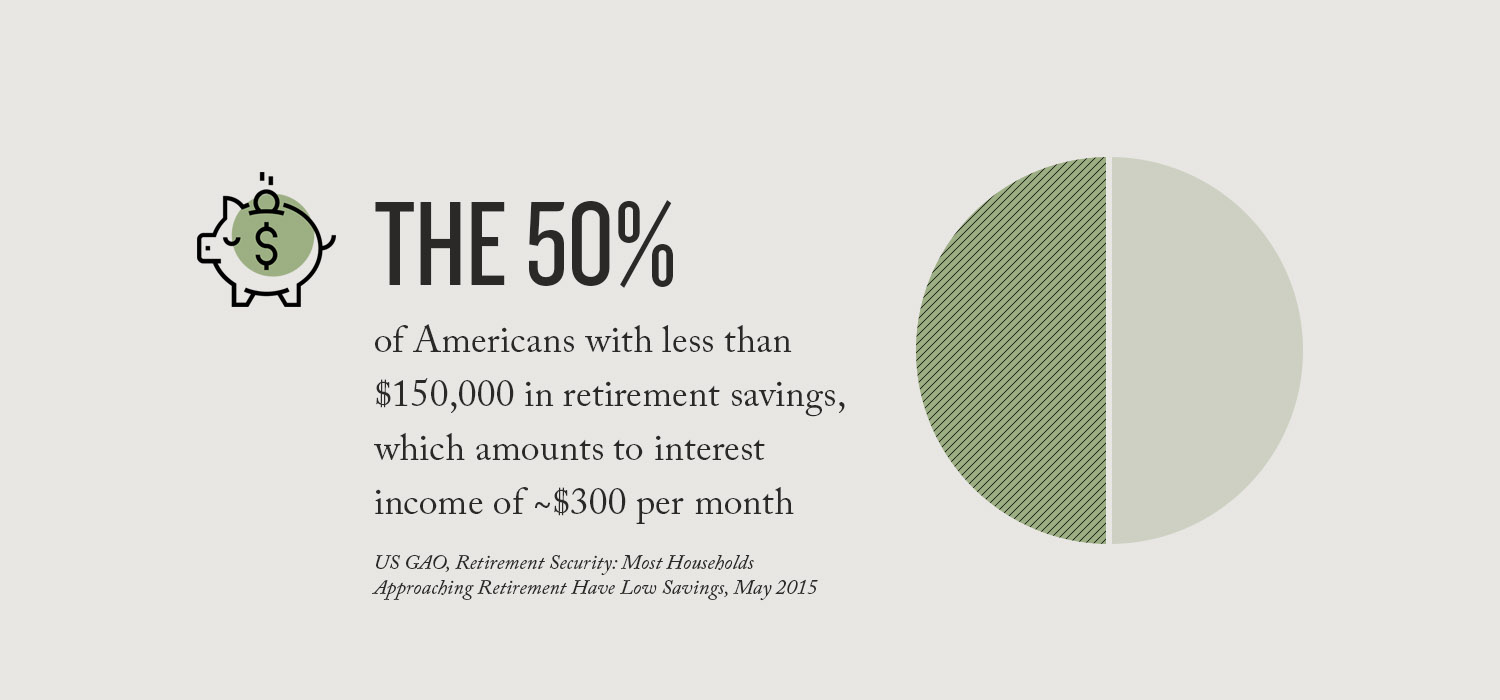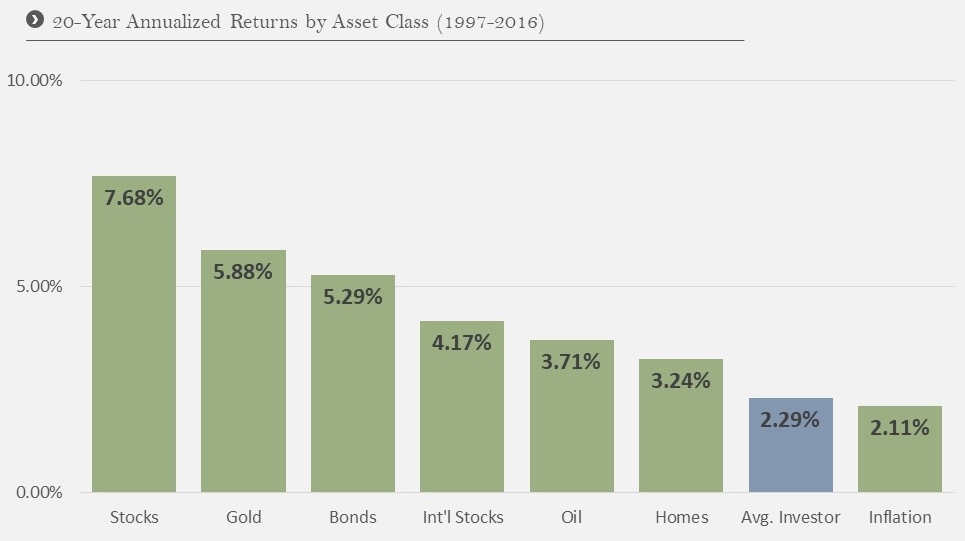Many of the blogs that we post reference strategies on how to save for retirement and how many Americans need to save more than they currently are (or else you might end up like this.)
However, in addition to saving, many of us will be a recipient of a retirement account via a loved one or acquaintance passing away. Will Kellar and I had the idea to consolidate some good resources online and provide a road map for beneficiaries as they look to navigate best practices when they are on the receiving end for one of these accounts. In a season of loss, remember we are here to help navigate this difficult time.
You are listed as a beneficiary, are you the SPOUSE or OTHER?
You are a spouse listed as a beneficiary
Traditional, SEP IRA, or SIMPLE IRA
Option 1: Transfer the assets to your own IRA
Benefits
Dollars can continue to grow tax-deferred.
Designate your own beneficiaries.
Next steps
This option is only available if you are the sole beneficiary.
All that’s needed is to roll the funds into your existing IRA or open a new IRA to roll the funds into.
When is the money available?
You can access funds at any time, but a penalty will apply to distributions made before 59 ½.
After 70 ½ your account will be subject to normal required minimum distributions.
This might make sense when
If you are over age 59 ½ this option often can make sense because it provides flexibility on beneficiaries you can designate, you have the full ability to access funds. Additionally, if you are between 59 ½ and 70 ½ you might be taking yourself out of a Required Minimum Distribution (RMD) scenario.
Option 2: Transfer the assets to an Inherited IRA
Benefits
Dollars can continue to grow tax-deferred.
You will not have to pay a 10% early withdrawal penalty.
You can designate your own beneficiaries.
Next steps
You can transfer assets into Inherited IRA in your name.
If there are multiple beneficiaries you must establish a separate account by December 31st following the year of death in order to use your own life expectancy. If you miss this deadline RMD’s will based off of oldest beneficiary.
When is the money available?
You can access funds at any time.
Your life expectancy may be used to calculate RMD’s.
If the original account holder was under 70
RMD must begin by the later of:
December 31 following the year of the original account.
December 31 of the year in which the original account holder would have reached 70 ½.
If the original account holder was 70 ½ or older:
RMD’s must start by December 31st of the year after death.
If the original account holder did not take RMD for the year in which he or she died, you must take at least that amount as a distribution by the end of the current year.
This might make sense when
If you are under 59 ½. By transferring to an Inherited IRA you provide yourself flexibility in three ways:
You have the option to withdrawal funds penalty free based on your life expectancy. So if you would like the money over time this is a great choice.
You also have the choice to start RMD’s based on when your deceased spouse would have turned 70 ½.
If you are hoping to use all of the funds in the next 5 years there is a provision called the “5-year method” that allows for distribution of all funds without paying penalties over the first 5 years of the account being open.
Option 3: Lump Sum Distribution
Benefits
No 10% early withdrawal penalty (think of this as following the 5-year rule).
Next steps
Transfer assets to bank account or brokerage account.
When is the money available?
All at once.
Taxable portion of the distribution will be considered taxable income.
This might make sense when
You have an immediate need for the funds.
Qualified Retirement Plan (401(k), 403(b), etc.)
Option 1: Leave it in Plan (this is dependent upon plan rules)
Benefits
Dollars can continue to grow tax-deferred.
You will not have to pay a 10% early withdrawal penalty.
You can designate your own beneficiaries.
Next steps
You can transfer assets into Inherited IRA in your name.
If there are multiple beneficiaries you must establish a separate account by December 31st following the year of death in order to use your own life expectancy. If you miss this deadline RMD’s will based off of oldest beneficiary.
When is the money available?
You can access funds at any time.
Your life expectancy may be used to calculate RMD’s.
If the original account holder was under 70
RMD must begin by the later of:
December 31 following the year of the original account.
December 31 of the year in which the original account holder would have reached 70 ½.
If the original account holder was 70 ½ or older:
RMD’s must start by December 31st of the year after death.
If the original account holder did not take RMD for the year in which he or she died, you must take at least that amount as a distribution by the end of the current year..
This might make sense when
You are needing to by some time and do not have trusted place to open an IRA this is a great option. Ultimately, in our opinion having these dollars end up either in an IRA in your name or an inherited IRA often providing additional flexibility.
Option 2: Transfer the assets to your own IRA
Benefits
Dollars can continue to grow tax-deferred.
Designate your own beneficiaries.
Next steps
This option is only available if you are the sole beneficiary.
All that’s needed is to roll the funds into your existing IRA or open a new IRA to roll the funds into.
When is the money available?
You can access funds at any time, but a penalty will apply to distributions made before 59 ½.
After 70 ½ your account will be subject to normal required minimum distributions.
This might make sense when
If you are over age 59 ½ this option often can make sense because it provides flexibility on beneficiaries you can designate, you have the full ability to access funds. Additionally, if you are between 59 ½ and 70 ½ you might be taking yourself out of a Required Minimum Distribution (RMD) scenario.
Option 3: Lump Sum Distribution
Benefits
No 10% early withdrawal penalty (think of this as following the 5-year rule).
Next steps
Transfer assets to bank account or brokerage account.
When is the money available?
All at once.
Taxable portion of the distribution will be considered taxable income.
This might make sense when
You have an immediate need for the funds.
ROTH IRA
Option 1: Transfer the assets to your own IRA
Benefits
Dollars can continue to grow tax-deferred.
Next steps
If you are the sole beneficiary you can transfer funds into your existing or new ROTH IRA.
If you are one of multiple beneficiaries, you must take your share as a distribution and roll into a ROTH IRA within 60 days.
When is the money available?
You can access funds at any time.
Distributions are generally tax and penalty free if you are over 59 ½ or qualify for a penalty free exception and have met the five-year holding period. Schwab provides guidance if you are looking for what rules apply to you if you are looking to distribute funds.
This might make sense when
You plan to take distributions based on when you turn 59 ½ not the beneficiary.
Option 2: Transfer the assets to an Inherited ROTH IRA
Benefits
You bypass the 10% early withdrawal penalty.
Next steps
Transfer assets into Inherited ROTH IRA held in your name.
If there are multiple beneficiaries, separate accounts must be established by December 31st following the year of death in order to use your own life expectancy; otherwise RMDs will be based on the life expectancy of the oldest beneficiary.
When is the money available?
You can access funds at any time.
Any earnings are generally tax free if the five-year holding period has been met.
Your life expectancy may be used to calculate RMDs.
Annual distribution (RMDs) must begin by the later of:
December 31 following the year the original account owner died or
December 31 of the year when the original account holder would have reached 70 ½
You may also follow the five-year rule under which the account must be fully distributed by December 31 of the fifth year following the year of death.
Option 3: Take a lump sum distribution
Benefits
No 10% early withdrawal penalty.
Next steps
Transfer assets to bank account or brokerage account.
When is the money available?
All at once.
Distributions are generally tax and penalty free if you are over 59 ½ or qualify for a penalty free exception and have met the five-year holding period.
This might make sense when
You have an immediate need for the funds.
You are listed as a beneficiary, not a spouse
Traditional, SEP IRA, or SIMPLE IRA
Cannot roll over to your own IRA
Option 1: Transfer assets to an Inherited IRA
Benefits
Dollars can continue to grow tax-deferred.
No 10% early withdrawal penalty for distributions.
Designate your own beneficiaries.
Next steps
Transfer dollars to Inherited IRA, under your name.
If there are multiple beneficiaries you must establish a separate account by 12/31 to use your own life expectancy for Required Minimum Distributions (RMDs). Otherwise RMDs will be based off the life expectancy of the oldest beneficiary.
When is the money available?
Able to access dollars at any point. Dollars withdrawn will be considered taxable income. Here are some distribution options:
Cash out the IRA in 5 years, by Dec 31st of the fifth year since the retirement account owner’s death.
Take distributions over your life expectancy.
Take distributions over life expectancy of original owner.
Take Out Required Minimum Distributions Over the Oldest Beneficiary's Life Expectancy.
RMDs must start by 12/31 of the year after death.
If account holder was younger than 70 ½ and original account owner did not take an RMD for year of death, you must take this RMD amount for current year.
Notably, the requirement for a non-spouse beneficiary to take out a minimum distribution is only a minimum requirement the beneficiary may take out more, anytime he wishes.
This might make sense when
The non-spouse beneficiary would like to stretch inherited dollars, taking distributions over their life expectancy while allowing dollars to continue to grow tax deferred.
The non-spouse beneficiary is older than the original owner (who was not 70 ½ at death), it’s more appealing to use the decedent’s longer life expectancy.
Option 2: Lump Sum Distribution
Benefits
No 10% early withdrawal penalty.
Next steps
Transfer assets to bank account or brokerage account.
When is the money available?
Dollars available at once.
Taxable portion of the distribution will be considered taxable income.
This might make sense when
You have an immediate need for the funds. Note that by taking funds out all at once there is the potential to move into a higher tax bracket.
ROTH IRA
Cannot roll over to your own IRA
Option 1: Transfer assets to an Inherited Roth IRA
Benefits
Dollars can continue to grow tax free.
No 10% early withdrawal penalty for distributions.
Designate your own beneficiaries.
Next steps
Transfer dollars to Inherited Roth IRA, under your name.
If there are multiple beneficiaries you must establish a separate account by 12/31 in order to use your own life expectancy for Required Minimum Distributions (RMDs). Otherwise RMDs will be based off the life expectancy of the oldest beneficiary.
When is the money available?
Able to access dollars at any point, any earnings are generally tax-free if the five-year holding period has been met. Here are some distribution options:
Distribute the Roth IRA in 5 years, by Dec 31st of the fifth year since the retirement account owner’s death.
Take distributions over your life expectancy.
Take distributions over life expectancy of original owner.
Take Out Required Minimum Distributions Over the Oldest Beneficiary's Life Expectancy.
RMDs must start by 12/31 of the year after death.
Notably, the requirement for a non-spouse beneficiary to take out a minimum distribution is only a minimum requirement the beneficiary may take out more, anytime he wishes.
This might make sense when
The non-spouse beneficiary would like to stretch inherited dollars, taking distributions over their life expectancy allowing for dollars to continue to grow tax deferred.
The non-spouse beneficiary is older than the original owner (who was not 70 ½ at death), it’s more appealing to use the decedent’s longer life expectancy.
Option 2: Lump Sum Distribution
Benefits
No 10% early withdrawal penalty.
Next steps
Transfer assets to bank account or brokerage account.
When is the money available?
Dollars available at once.
Any earnings are generally tax-free if the five-year holding period has been met.
This might make sense when
You have an immediate need for the funds.
Qualified Retirement Plan (401(k), 403(b), etc.)
Option 1: Transfer assets to an Inherited IRA
Benefits
Dollars can continue to grow tax-deferred.
No 10% early withdrawal penalty for distributions.
Designate your own beneficiaries.
Next steps
Transfer dollars to Inherited IRA, under your name. This must be done so as trustee-to-trustee transfer, where the distribution check is made payable directly to the new inherited IRA account; if the beneficiary takes possession of money, it is permanently and irrevocably distributed and ineligible for rollover.
If there are multiple beneficiaries you must establish a separate account by 12/31 in order to use your own life expectancy for Required Minimum Distributions (RMDs). Otherwise RMDs will be based off the life expectancy of the oldest beneficiary.
When is the money available?
Able to access dollars at any point dollars withdrawn will be considered taxable income. Here are some distribution options:
Distribute the Roth IRA in 5 years, by Dec 31st of the fifth year since the retirement account owner’s death.
Take distributions over your life expectancy.
Take distributions over life expectancy of original owner.
Take Out Required Minimum Distributions Over the Oldest Beneficiary's Life Expectancy.
RMDs must start by 12/31 of the year after death.
Notably, the requirement for a non-spouse beneficiary to take out a minimum distribution is only a minimum requirement the beneficiary may take out more, anytime he wishes.
This might make sense when
The non-spouse beneficiary wants more flexible distribution options than in the Qualified Retirement account.
The non-spouse beneficiary would like to stretch inherited dollars, taking distributions over their life expectancy allowing for dollars to continue to grow tax deferred.
The non-spouse beneficiary is older than the original owner (who was not 70 ½ at death), it’s more appealing to use the decedent’s longer life expectancy.
Option 2: Lump Sum Distribution
Benefits
No 10% early withdrawal penalty.
Next steps
Transfer assets to bank account or brokerage account.
When is the money available?
Dollars available at once.
Taxable portion of the distribution will be considered taxable income.
The distribution will be subject to a mandatory 20% Federal Tax withholding (possible additional state tax will be withheld).
This might make sense when
You have an immediate need for the funds.
In a season of loss, remember Human Investing is here to help navigate this difficult time.
Sources: www.irs.gov www.schwab.com





































































